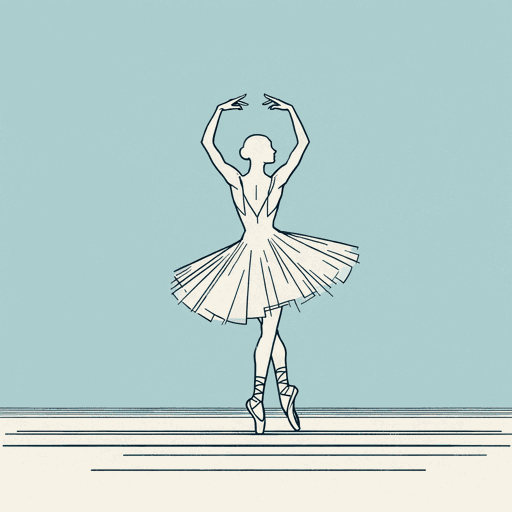42 pages • 1 hour read
Modris EksteinsRites of Spring: The Great War and the Birth of the Modern Age
Nonfiction | Book | Adult | Published in 1989A modern alternative to SparkNotes and CliffsNotes, SuperSummary offers high-quality Study Guides with detailed chapter summaries and analysis of major themes, characters, and more.
Act 2Chapter Summaries & Analyses
Act 2, Part 4 Summary: “Rites of War”
Eksteins writes, “in methods, tactics, and instruments of war, Germany took the initiative in 1914” (169). In pursuing technologically advanced and surprising methods of warfare, Germany sought “the overthrow of the old structures” and pursuit of a “revolutionary dynamic […] to erect new structures valid for the new situation” (169).
In 1916, when it became clear for both sides that the war could not be won by a decisive military tactic, the fight became an “intentional war of attrition, which would swallow up millions” of enemy men by exhausting them with an onslaught of attacks (143). While the Germans first concocted this strategy, the British and French followed suit; the gunned-down Western Front where soldiers confronted each other, “became surrealistic” as “trees had been reduced to charred stumps; charred stumps were in turn erected - as observation posts - to look like despoiled trees” (146). Trench-life was a miserable combination of war against the elements and managing the likes of lice, rats, and mosquitoes (149). There was also a consistent “odor of decomposition - masked only by the almost equally intolerable reek of chloride of lime” (151). Given the frequency of deaths at the front and simply in order to persist, men became “immunized, rather rapidly, to the brutality and obscenity” of the scenes in front of them (154).


